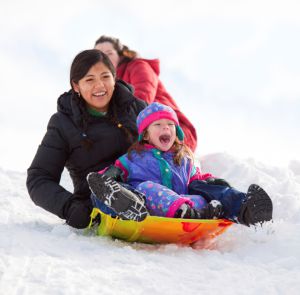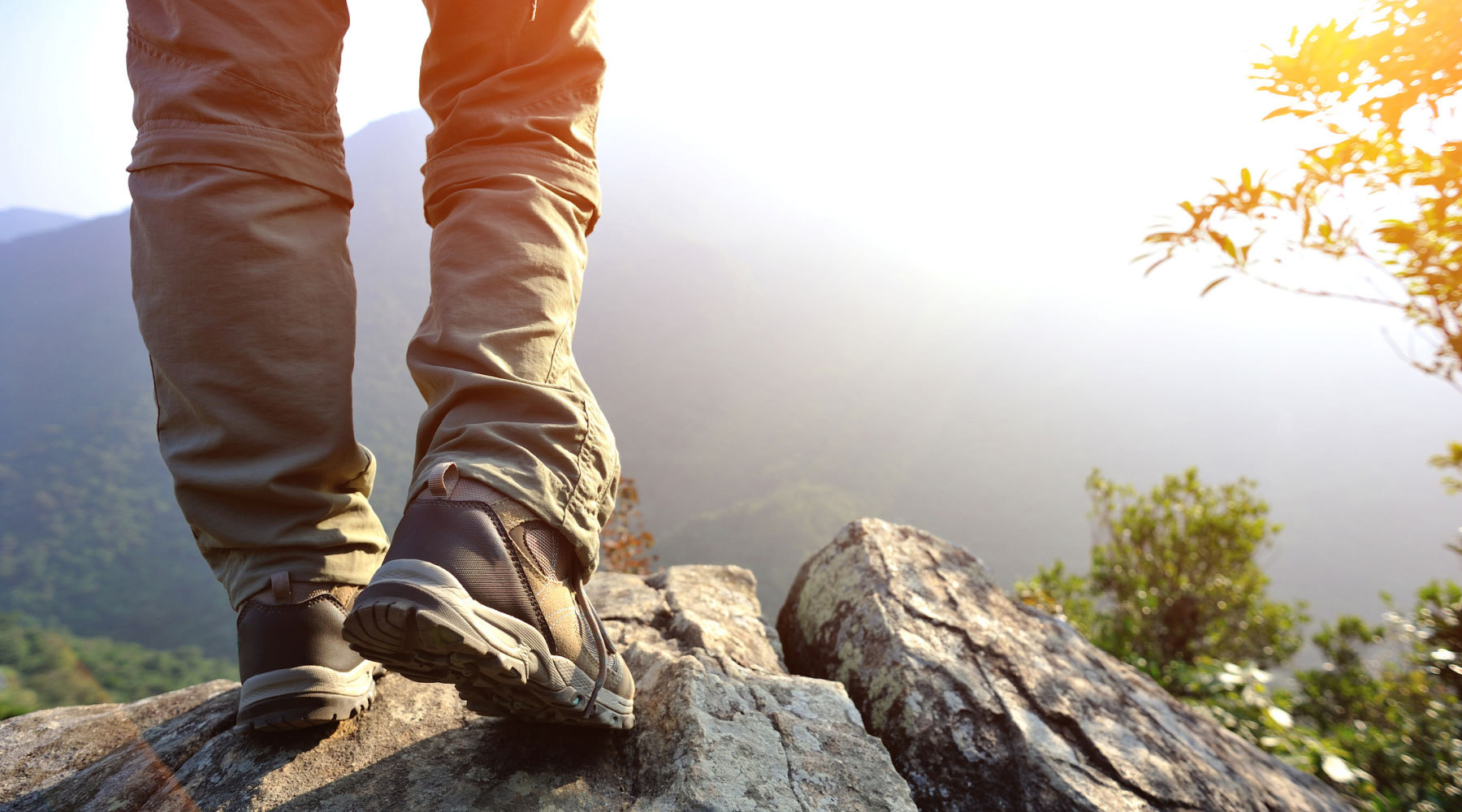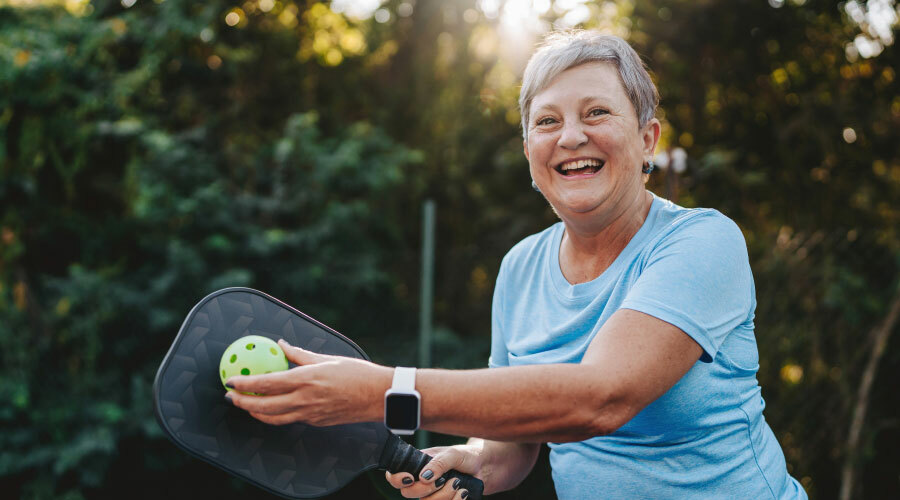 Exeter, NH – Winter is now in full swing, and January has finally given us a blanket of new snow. For anyone that grew up with snow or with children of their own, a day of sledding in the fresh fallen snow is reason enough to put up with the long New England winters.
Exeter, NH – Winter is now in full swing, and January has finally given us a blanket of new snow. For anyone that grew up with snow or with children of their own, a day of sledding in the fresh fallen snow is reason enough to put up with the long New England winters.
While sledding can provide hours of fun, most people do not think about the potential hazards that can accompany this classic winter activity. We all know that other winter sports like skiing and snowboarding can carry injury risks, but most parents send their kids outside to go sledding without a second thought. A recent study conducted by the Center for Injury Research and Policy of the Research Institute at Nationwide Children’s Hospital found that from 1997-2007, an estimated 229,023 children and adolescents younger than 19 years were treated in U.S. hospital emergency departments for sledding-related injuries.
The most common injuries that occur in sledding are minor: bumps, bruises, scrapes, strains or broken bones. All of these injuries are likely to heal relatively quickly and with few lasting effects. However, in recent years, there have been more head injuries and traumatic brain injuries associated with sledding. A head injury can be of greater concern because of the length of time it can take for an injury to the head to heal. Traumatic brain injury or concussions may take months to heal or in some very rare cases can cause permanent damage.
Two factors that contribute to sledding injuries are situation and location. Most sledding occurs on public or private hills, but there may be several obstacles or crowds that would increase the risk of injury. Some injuries result from sleds being used improperly on roads or being towed by motorized vehicles such as cars, motorcycles or ATVs. Many sleds lack adequate options for steering which can increase risk of injury as it can be harder to avoid obstacles in the path of a sled.
Studies show that younger children may be at higher risk to sledding injuries than older children or adults. In many cases, children under the age of 10 have not developed the muscle strength or coordination needed to avoid falls or obstacles, judge distances, or to slow down. The presence of older and larger children or adults on the sledding hill can also make it more dangerous for younger sledders.
Now that we have identified the risks associated with sledding, it is important to think about what steps can be taken to prevent injuries so that children can continue to enjoy this traditional winter activity.
- Always avoid sledding on roads and highways. Children may be tempted to sled down smooth streets but this may put them at risk for being hit by cars or trucks or hitting curbs, fire hydrants or parked cars.
- Always sit facing forward. Never slide head first as this can dramatically increase the risk of head injury and the ability to steer and avoid obstacles is diminished.
- Make sure sledding is done in a safe area. Avoid areas where there are trees, large rocks, posts, fences or other obstacles. There should be a long flat finishing area so that kids are not stopping on a street, drop off, parking lot, pond or other danger.
- Parental supervision is crucial. Parents or adults must supervise children in sledding areas to make sure the sledding path is safe. Make sure that the hill is not over-crowded and that sledders walk back up on the side of the hill and not in the path of oncoming sleds.
- If sledding occurs at night – make sure it is done in a well lit area.
- You should consider requiring that young children wear helmets while sledding. If you already have a bike or ski/snowboard helmet, there is no reason not to have your child wear it while sledding.
- Whenever possible, sleds should have steering mechanisms. If they do not, make sure young children learn to steer and stop with their feet to prevent upper extremity injuries and before being allowed to sled alone.
Sledding is a wonderful outdoor activity for all ages. It can provide hours of winter fun entertainment and can be a very good form of exercise. By taking the simple precautions listed above, hopefully we can prevent unnecessary injuries from happening this winter.
 Christopher L. Wheeler, PA-C is the Director of the Physician Assistant Program at Access Sports Medicine & Orthopaedics. Chris has 15 years of experience with Access Sports Medicine and treats a wide range of sports medicine and orthopaedic injuries. He is the dedicated surgical assistant for Joshua A. Siegel, MD.
Christopher L. Wheeler, PA-C is the Director of the Physician Assistant Program at Access Sports Medicine & Orthopaedics. Chris has 15 years of experience with Access Sports Medicine and treats a wide range of sports medicine and orthopaedic injuries. He is the dedicated surgical assistant for Joshua A. Siegel, MD.


